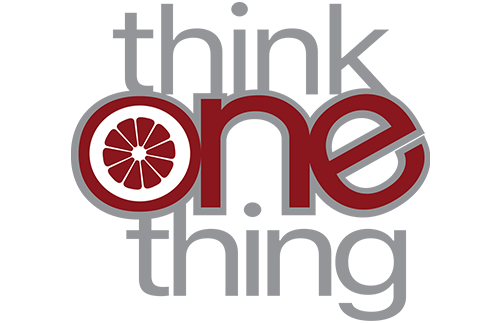Negative SEO Attack: How to Identify and Recover
If you are having less traffic on your website than what you are used to, or not showing up on Google within the same ranking as before, this may indicate that you’re under a negative SEO attack. It’s important to take notice and protect yourself from these types of attacks. This will help you to retain your SEO position and save your reputation and business.
A negative SEO attack is a type of internet marketing strategy that involves the manipulation of a website’s search engine ranking. The technique is called “black hat,” and the goal is to make your competitor’s site rank lower in search engines than yours, thus moving up in the searches,if you’re not careful what you do with your website, you can end up a victim. Luckily there are ways to protect yourself from becoming a target for those who want to hurt your business online.
What is negative SEO and how does it work
Black or White Hat?
Some actions are explicitly forbidden by the search engines (i.e. Google). These actions may produce some initial positive results by placing you higher on the Search Engine Results Page (SERP). This may seem like a good idea at first, but once the search engine identifies what you’re doing you will be penalized.
This is referred to as “Black Hat” SEO.
“White Hat” practices are the ones that make it possible to increase your ranking while complying with the Search Engine’s policies. You can do that by writing relevant content, using relevant keywords, and adding backlinks.
Negative SEO Attack
Ranking higher on the SERP is important to drive traffic to your website. That’s the reason why a competitor would be interested in negatively impacting your SEO.
A negative SEO attack is when someone uses Black Hat practices posing as you, with the intent to lower your ranking. Common tactics are placing your backlinks in pages that have negative keywords, pointing a lot of spammy links to your website, and distributing your content all over the internet.
Recovering from a negative SEO attack will take increasing time and effort depending on how long it is before you to detect the attack.
Disclaimer
As we mentioned before, not all SEO practices are harmful to your ranking. There are some on and off-page tactics you can use to actually rank higher. Our advice is to stick to them. You can learn more about it in this other blog post.
6 Strategies for prevention of a Negative SEO Attack
- Though you can’t fully protect against a negative attack, you can track where your backlinks are coming from especially monitoring your best ones.
- Attacks often come when a site with very low domain authority links to your site. Sometimes it comes from someone contacting the owner of your best backlink while pretending to be you and then asking them to remove the link to your website.
- You can keep an eye on your backlinks by using tools like SEMRush or another SEO tool. We recommend you make it part of your monthly process. If you’re under attack you can mitigate it before the harm is too great. Another measure is to use an email with your domain, instead of using a regular Gmail (or any other service you may use).
- An attack can happen by someone hacking your website and adding spam to it without you even noticing it. To prevent this make sure your site’s administration panel has 2-factor authentication and take additional measures like installing security plugins.
- You should also confirm that your site’s content isn’t being copied on other websites. This can drastically lower your ranking since Search engines favor original content.
How to repair the damage
Prevention is always better than repair. But in case you’re already under attack, there are some repair options.
First things first: check everything that may be harming your SERP ranking. You may want to check your site’s loading time and all the backlinks.
By doing this you may identify where the bad links are coming from. The next step is to reach out to the website owner and ask them to delete the backlink.
If you get no response you can use an online service such as whoishostingthis.com and then reach out directly to the hosting service and ask them to remove the links. Most of the hosting companies will cooperate.
The last option you should use is to use the disavow tool to list and submit the problem to Google Webmaster Tools.
Tips for protecting your website from future attacks
The best way to minimize future attacks is to add a complete check-in on your backlinks to your monthly routine and regularly confirm your content isn’t being copied. Don’t panic if you’ve been hit with a negative SEO attack. You have options! This is an unfortunate reality of the digital marketing world. Fortunately, there are steps that can be taken to mitigate the effect on your website’s rankings and traffic. Let us know if you need help. Our team members are experts in all facets of online reputation management. From search engine optimization (SEO), strategy development, to content creation for site visibility improvement. Click here to schedule a strategy session.



